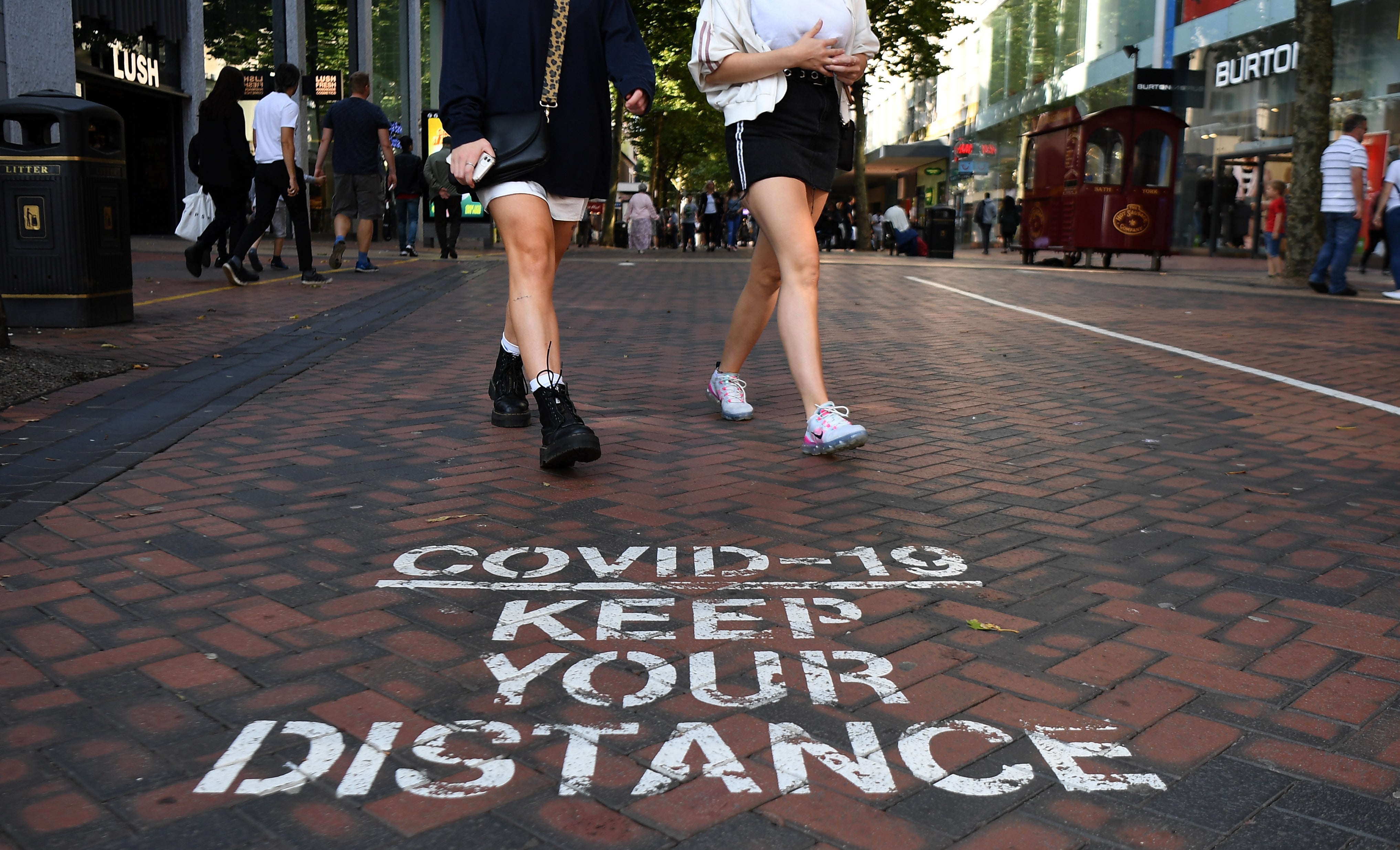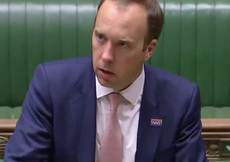More local lockdowns and social distancing measures are on the cards
Editorial: With large localised restrictions announced, there’s a need for daily press conferences at No 10 to return so the public can stay informed

A day after disingenuously dismissing media speculation about a two-week national lockdown in England, Downing Street confirmed that a “circuit break” of temporary restrictions is under consideration in an attempt to halt the worrying rise in coronavirus infections.
Not for the first time during the pandemic, the government’s strategy emerged through selective briefings, nods and winks. It would be much better if Boris Johnson levelled with the public and explained why such restrictions are back on the table earlier than his ministers and advisers expected. With the national emergency far from over, there is a strong case for bringing back the daily press conferences at No 10 so the public can hear directly from ministers and their scientific and medical experts. The briefings contributed to the sense of national effort early in the pandemic, a mood that has sadly been lost and which the government needs to recreate for the planned restrictions to work.
The latest local lockdown measures in the north come into effect on 22 September, and will stop multiple households from mixing in private homes and gardens – while a 10pm curfew will be in effect on pubs and restaurants across parts of the northwest. Mr Johnson still hopes to avoid a second national lockdown – with good reason, given the chilling effect on the economy. But with new infections running at a 6,000 a day between 4-10 September, almost double the previous week, according to the Office for National Statistics, it suggests we are heading inexorably towards something close to one. The speed of the increase, rather than the actual number, is rightly causing the most alarm.
Local lockdowns in “areas of intervention” with high infection rates now cover a huge swathe of England, as well as parts of Scotland and Wales. But they, and the “rule of six” introduced this week, are not proving enough to stem the tide. A short period of temporary restrictions – on people from two households meeting and on pubs and restaurants, while schools and most businesses remain open – could be announced next week.
Many people, including some Conservative MPs, will regard such an intervention as an unnecessary attack on their freedom that will harm the economy. Yet if the government is to avoid repeating its early mistakes, not least in delaying the March lockdown, it should act sooner rather than later. It would be better to try to nip the current rise in infections in the bud, rather than reimpose a full permanent national lockdown later that would probably have to last longer.
Swift action would also buy time to build up an adequate test and trace operation, something which should have been done during the relative calm of the summer. It is falling woefully short, a development that cannot be disguised from an increasingly exasperated public by ludicrous ministerial claims it is a success.
Dido Harding, the head of NHS test and trace, pointed the finger at the Scientific Advisory Group for Emergencies (Sage), saying her operation based its capacity targets on the group’s forecasts of demand. Yet other experts, including David King, the government’s former chief scientific adviser, pointed to the need to increase capacity in time for this month’s return of schools.
Let us hope the current difficulties in getting a test are resolved quickly. The public will not have confidence in the government if they are not. The forthcoming restrictions will not work by ministerial edict alone. To be effective, Mr Johnson will need people onside, and believing the government has the thought-out strategy it currently appears to lack.



Join our commenting forum
Join thought-provoking conversations, follow other Independent readers and see their replies
Comments